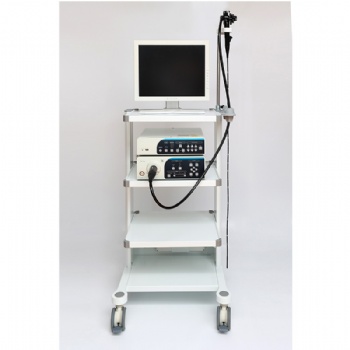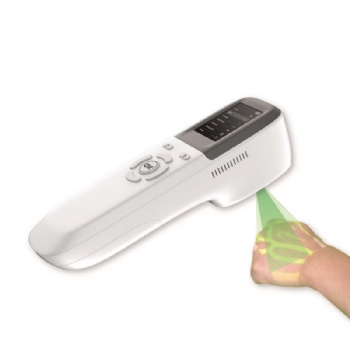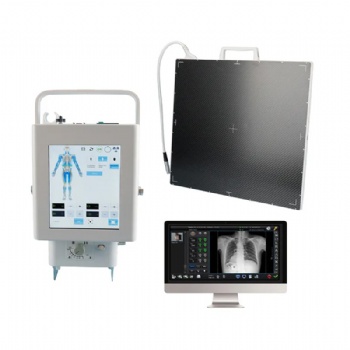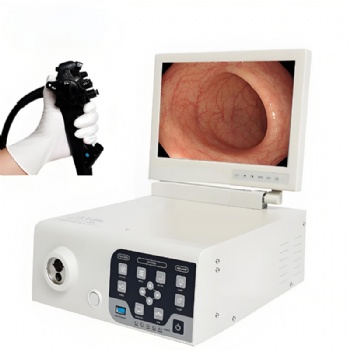News
How to Use Endoscopy Machine
Endoscopy is a medical procedure that involves the use of an endoscope, a flexible tube equipped with a light and camera, to examine the interior of organs or cavities within the body. Proper utilization of an endoscopy machine is crucial for accurate diagnosis and treatment.
To begin, the patient is typically administered anesthesia to ensure comfort during the procedure. The endoscope is then carefully inserted through a natural body opening, such as the mouth or rectum, or through a small incision. The light and camera at the end of the endoscope provide real-time images on a monitor, allowing healthcare professionals to visually inspect the area of interest.
During the procedure, the endoscope can be maneuvered to explore different angles and capture detailed images. Additionally, specialized tools can be passed through channels in the endoscope to perform therapeutic interventions, such as removing polyps or taking tissue samples for biopsy.
Proper training and expertise are essential for healthcare professionals operating the endoscopy machine to ensure patient safety and accurate results. Regular maintenance and sterilization of the equipment are also critical to prevent infections and maintain the machine's functionality.
In conclusion, understanding how to use an endoscopy machine involves a combination of medical knowledge, technical skills, and attention to hygiene. This versatile tool plays a vital role in diagnosing and treating various medical conditions while prioritizing patient well-being.
Categories
Contact Us
- +86-18018467613
- +86-13357930108
- info@82tech.com




